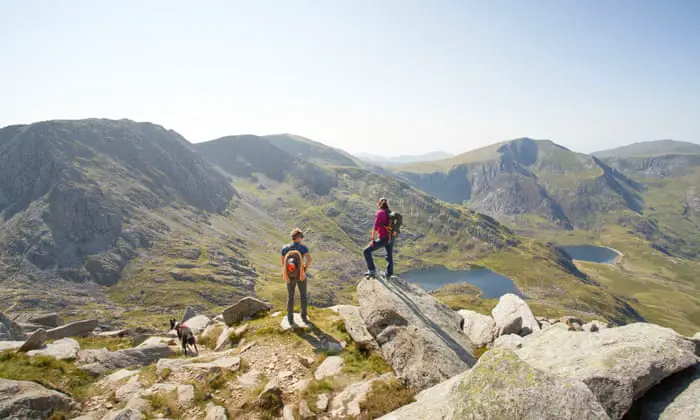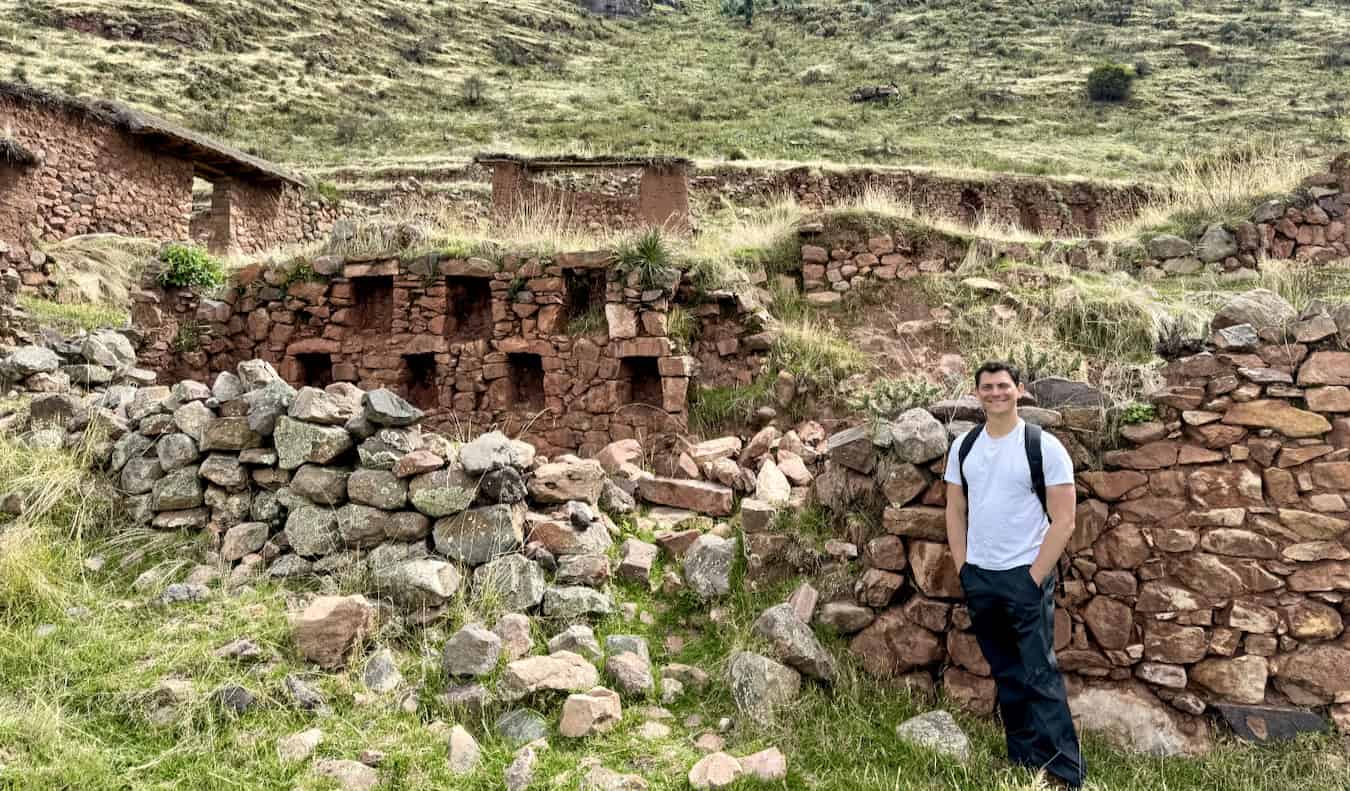
You’re probably already familiar with the concept of the fashion or beauty dupe: a piece of clothing or a product which is similar to the original must-have item you’re swapping it for, in form and function, but which often costs significantly less without compromising on quality. This trend has swept TikTok (of course), and has now extended into the realm of travel. The idea is to exchange a popular destination for one that has similar qualities but is often overlooked, and which fewer people know about.
In this climate of over-tourism, “destination dupes” are absolutely to be encouraged: who wants to battle through crowds to get to a particular sight or restaurant, or even just to walk down the street? Destination dupes, then, are just as trip-worthy as their tried and tested doppelgangers, but you’re more likely to have them to yourself – and, ideally, because they’re off the beaten track, they might not be as expensive. So, why not take a chance on somewhere unexpected, which promises to be every bit as fascinating as the place it’s doubling for?
Ye olde charm – swap the Cotswolds for Tewkesbury
Boasting medieval market towns, ancient castles and even Roman villas, the Cotswolds, in south-west England, has a rightful reputation as one of the most charming regions in the UK. Chocolate-box-pretty villages come as standard, with the likes of Bourton-on-the-Water, Burford, Stow-on-the-Wold and Castle Combe seducing visitors with their cricket greens, duck ponds, tearooms and antique shops.
Buildings are constructed from honey-hued local stone, which lends them a hallowed, golden glow. But such beauty comes at a cost, meaning that on weekends, bank holidays and half-terms, these small places can get choked with traffic and people, making finding a parking space nigh on impossible, and leading to queues around the block for a cream tea.
Swap these oversubscribed communities for the handsome market town of Tewkesbury, in Gloucestershire, but just outside the boundary of the Cotswolds. Located where the rivers Severn and Avon meet, you’ll notice lots of original black and white half-timbered buildings, many of them listed. You can stroll along historic narrow, winding alleyways, take a walk along the riverbanks, or board a boat for a cruise along the Avon. There’s also a beautiful Norman abbey, dating from the 12th century, a sprawling nature reserve, and a museum that tells the story of the town’s fascinating past. This includes the Battle of Tewkesbury in 1471, a decisive part of the Wars of the Roses. Time your visit for July and you’ll catch the town’s internationally renowned Medieval festival, which has a major re-enactment of this famous scuffle, as well as entertainment, food and music.
Where to stay
Hilton Puckrup Hall, which sits amid 56 hectares (140 acres) of private grounds, features access to the 18-hole Puckrup Hall Golf Club, as well as an indoor pool and fitness centre. The original Puckrup Hall Manor House is onsite – it’s a Grade II-listed building, with 16 bedrooms and a croquet lawn and is suitable for larger groups and for events.
Mountain walks – swap the Pennines for Snowdonia
Often referred to as “the backbone of England”, because of its length and position running down the north of the country, the Pennines range runs from Derbyshire and Staffordshire in the North Midlands, to Northumberland in the north-east. It encapsulates the Peak District, south Pennines, Yorkshire Dales and north Pennines, giving mountain lovers plenty of opportunity for stunning walks and hikes.
Scenery takes in dry stone walls, rocky outcrops, sloping hills and meandering streams, and the landscape veers from deep valleys to vertiginous ridges. You can even walk the Pennine Way, a challenging but beautiful 268-mile trail that stretches from Derbyshire to the Scottish border. As you can imagine, all this beauty makes the Pennines incredibly popular, and it has been estimated that the Peak District alone sees more than 13 million visitors every year.
Leave the hordes behind and head to Snowdonia, in north-western Wales, instead; the Eryri national park contains all 15 Welsh mountains that are more than 3,000ft high, including Snowdon – or Yr Wyddfa – the country’s highest (3,560ft). The park covers 213,156 hectares (823 square miles), and nearly 4 million people visit annually, which gives the sense of more breathing space than in the crowded Pennines. If you don’t plan to scale Snowdon, you can explore 11,000 hectares of native woodland, stroll along 74 miles of coastline, or choose from hundreds of walking and hiking trails that take you through lush valleys, past sparkling lakes, or near tumbling waterfalls.
Where to stay
The Hilton Garden Inn Snowdonia is close to the historic, walled town of Conwy and has a wide range of activities on offer. Hotel amenities include a fitness and recreation centre, and on-site dining is available, too. The adjacent Zip World offers discounted pricing for hotel guests – there’s a soft play area for younger kids, while, for older family members, the adventure offerings range from Altitude Climber to Elevation Indoors.
Seaside serenity – swap Cornwall for Bournemouth
Cornwall is the very definition of a victim of its own success. Over the past few decades, this peninsula at the very west of the UK has evolved from a collection of sleepy fishing villages to a bouji holiday destination and magnet for second-home owners. This means that in high season, the roads and villages are utterly congested, to the increasing ire of the locals. It’s not much fun for visitors, either.
Take the road less travelled to an underrated seaside resort in Dorset, on England’s south coast: Bournemouth. It boasts seven miles of sandy beaches, lined with traditional beach huts, as well as attractive parks and gardens and plenty of entertainment.
You can enjoy bracing walks alongside Bournemouth Bay and take in panoramic views from the clifftops, as well as discovering the sweeping marshes and wetlands and varied wildlife of the Hengistbury Head nature reserve. Don’t miss a trip to the fascinating Russell-Cotes Art Gallery and Museum, a well-preserved late Victorian family villa with plenty of period features.
If you tire of the coast, Bournemouth has the added bonus of being situated just a short drive from the New Forest. This stunning landscape is home to the most extensive heathland in Europe, as well as iconic New Forest ponies and rare birds such as the nightjar. Having inspired great literary works, from Sherlock Holmes to Alice in Wonderland, the New Forest is a place in which to lose yourself – both figuratively and literally.
Where to stay
Take your pick from Hampton by Hilton Bournemouth, a small, centrally located outpost close to the beach, or its big sister, Hilton Bournemouth, close to Bournemouth Gardens, which features a rooftop bar with views across the city and a full-service spa.
Prehistoric caves – swap Cheddar Gorge for Kents Cavern
A striking, naturally formed limestone gorge in the middle of the Mendip hills in Somerset, Cheddar Gorge is famous for several things (not least the sharp-tasting, hard cheese to which it gives its name). It’s here you’ll find the Cheddar “show caves”, where Britain’s oldest complete skeleton, estimated to be approximately 10,000 years old, was found in 1903.
The caves, which have been carved out over millennia by an underground river, contain fascinating stalagmites and stalactites, and visitors can explore two of them. Gough’s Cave, named after Richard Cox Gough who discovered it in 1890, contains a variety of large rock chambers and formations, and the area draws about half a million visitors a year, putting a burden on parking spaces and resulting in queues or timed entry for the caves.
So, swap Cheddar Gorge for Kents Cavern, an ancient cave system near Torquay in Devon, said to be Britain’s oldest human settlement. A prehistoric fragment of jawbone discovered here in 1927 was found to be an, ahem, jaw-dropping 44,000 years old. Despite this kind of history, Kents Cavern only attracts about 80,000 visitors a year, so there’s a good chance you might even have the place – with all the stalagmites and stalactites you could ever need – to yourself.
Where to stay
Hampton by Hilton Torquay is just a few minutes’ drive from Kents Cavern, and overlooks the English Riviera. Torquay marina, Princess pier and Torquay beach are nearby, and the hotel’s amenities include a fitness centre and meeting spaces.
Discover more destination dupe locations in partnership with Hilton






